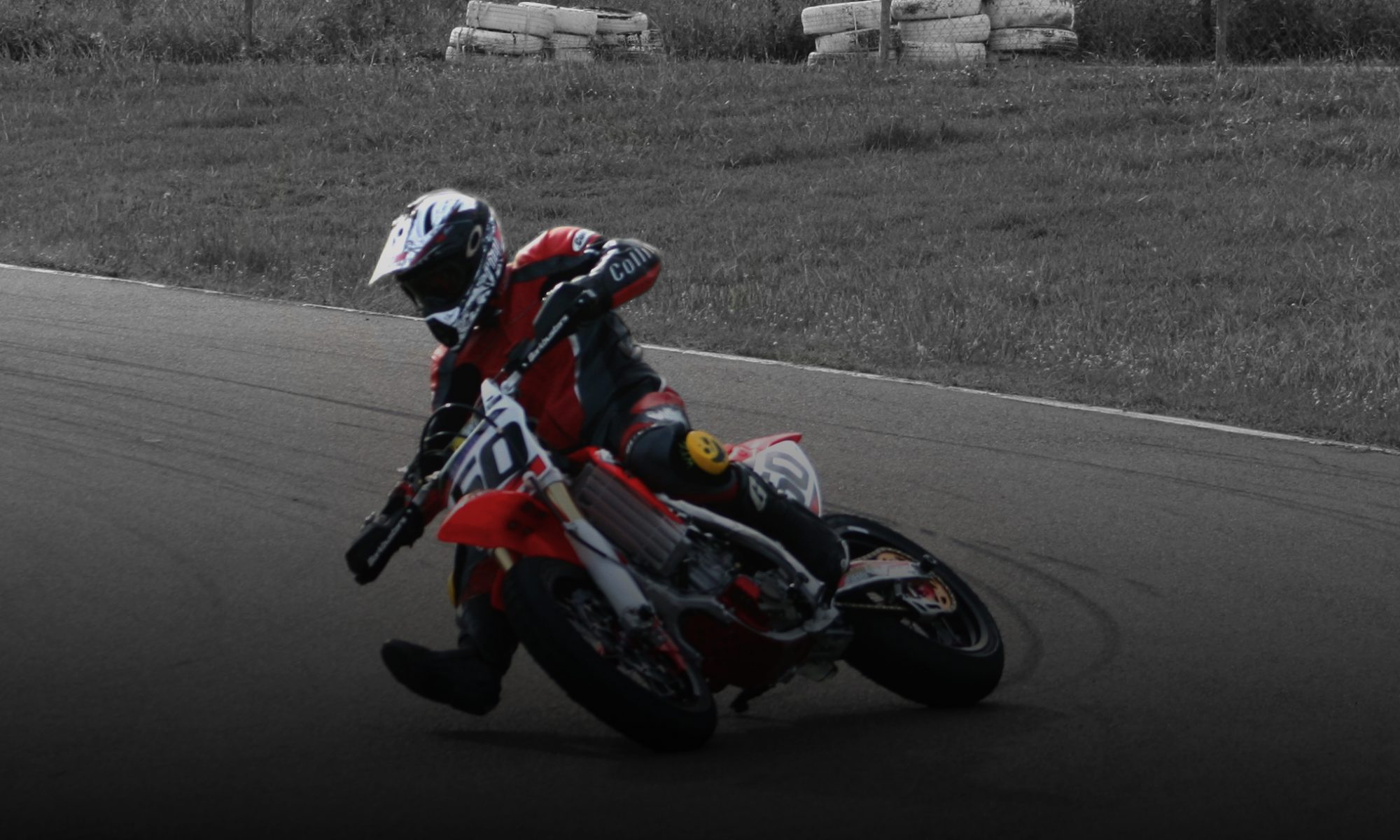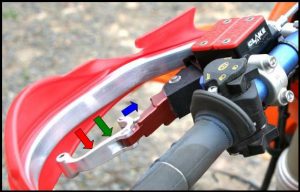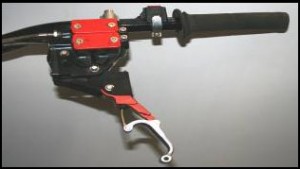Support & Fitting
One Light Clutch Installation
Clake Two Installation
Part 1
Part 2
Part 3
Clake SLR Installation
SLR Overview
SLR Fitting On Bike
SLR Dual Adapter Fitting
Clake One, Two & Pro Lever Installation
How The Clake Works & Changing Cams
Preparing Clake For Fitting To Bike
Clake and ClakeTwo – Fitting & Bleeding The Clutch
Clake and ClakeTwo – Fitting & Bleeding The Brake
Download Instructions
Frequently Asked Questions - FAQs
How long does it take to learn how to use the Clake?
Some riders adapt almost immediately but most benefit from several sessions of an hour or two with a break (overnight) between. It is very much like riding a bicycle, the rear brake is operated by your left hand. If someone is just starting riding, the CLAKE is actually far easier to master than a normal separate clutch lever and brake pedal as well as offering the rider the ability to put their right foot down whilst still being able to operate the rear brake.
Some riders adapt almost immediately but most benefit from several sessions of an hour or two with a break (overnight) between. It is very much like riding a bicycle, the rear brake is operated by your left hand. If someone is just starting riding, the CLAKE is actually far easier to master than a normal separate clutch lever and brake pedal as well as offering the rider the ability to put their right foot down whilst still being able to operate the rear brake.
2.Does the bike “freewheel” between the clutch and brake actuation?
No, apart from in the “brake drop back” mode there is always some overlap between the two. The rider can easily change the degree of overlap between the brake and clutch functions depending on where the lever is pulled from. If the lever is pulled towards the bars from a position closest to the centre (see GREEN ARROW) the clutch is about 90% disengaged then further travel of the lever will actuate the rear brake. If the lever is pulled towards the bars from a point towards the outer edge (see RED ARROW) the clutch is only partially disengaged before the rear brake is actuated.
Operated from this point, the CLAKE acts like a slipper clutch, giving a fair degree of engine braking but helping to prevent rear wheel chatter. The rider can also actuate the “brake drop back” function – which is done by pushing by the same lever towards the centre of the bike (see BLUE ARROW) which gives complete clutch release. This function is used to pull the bike backwards when in gear with the engine running or to assist the rider finding neutral.
Picture showing the different actions of the CLAKE’s lever.
3. Can I operate the clutch independently of the brake?
Yes. When the lever is pulled towards the bars, there is a distinct change in lever pressure just before the brake is actuated. Riders quickly learn the amount of lever travel required to give sufficient clutch release to change gears or “fan” the clutch without actuating the brake. There is also a “clutch release” function (see 2. Above).
4. If I crash, how likely is it that the CLAKE will get damaged?
CLAKES have been tested in Trials, MX and Trail-riding over several years and have been crashed repeatedly without sustaining serious damage. Obviously it is impossible to make something totally crash proof, but with the CLAKE we have made every endeavour to achieve this. For example the operator’s lever folds outwards on impact and the lever is machined from billet 6061 alloy. The body is also machined from billet but in this case the stronger but less ductile 7075 alloy. The CLAKE also features internal Teflon wiper shields to further protect the workings from dust and dirt.
Picture shows how CLAKE lever folds out to prevent accident damage.
5. Can I fit a Clake to a bike with a drum rear brake?
NO, not unless it is hydraulically actuated. To ensure consistent operation the CLAKE must be used in conjunction with hydraulic actuation. It is not possible to use a CLAKE with cable operated brakes.
6. Doesn’t combining the clutch and brake in one lever make it very “heavy” to operate?
No. The CLAKE incorporates a clutch-assist device which means the entire operation of the lever can be done with one finger.
7. Can I transfer the Clake to another bike?
Yes. All the functions of the CLAKE i.e. the brake, clutch and clutch-assist are
controlled by profiled cams and these cams can be easily changed to allow for the
varying size master cylinders used on different models and makes of motorcycles.
8. What can I do if I find the standard set-up doesn’t work for me?
CLAKES are supplied with cams that have been tuned to suit a particular model of motorcycle, however different types of riding do sometimes require differing set ups for the CLAKE. For example someone using a CLAKE for supermotard or road racing will generally require greater overlap between brake and clutch than someone trail riding. Changes in overlap, brake and clutch sensitivity can be facilitated by means of changing the profiled cams of which there are in excess of 300 different profiles available. When ordering your CLAKE please specify your intended use and your unit will be supplied set up for your requirements. Alternatively the cams can easily be changed, without removing the unit from the bike in less than 5min, requiring only a 2.5mm Allen key to do so. The cams cost AUD $20 each and we are happy to advise on making set up changes.
Click HERE for the Cams product page.
9. I have small hands, will the CLAKE work for me?
Yes. The CLAKE is available with different reaches for the lever and again this can be specified when ordering, or altered retrospectively by means of cam changes.
10. Where is the Clake made?
The CLAKE is manufactured in Melbourne, Australia by IMT Industries P/L. This is a company set up by the inventor, Owen Hutchison, who retains a majority
shareholding. In this way quality and service can be controlled by the person with the most to lose if customers aren’t satisfied.
11. Is the CLAKE difficult to fit?
No. Clakes are supplied with a braided brake line to suit your model bike. It is a simple case of removing the existing foot lever and brake line, installing the new line fitting the CLAKE and bleeding both the clutch and brake systems.


